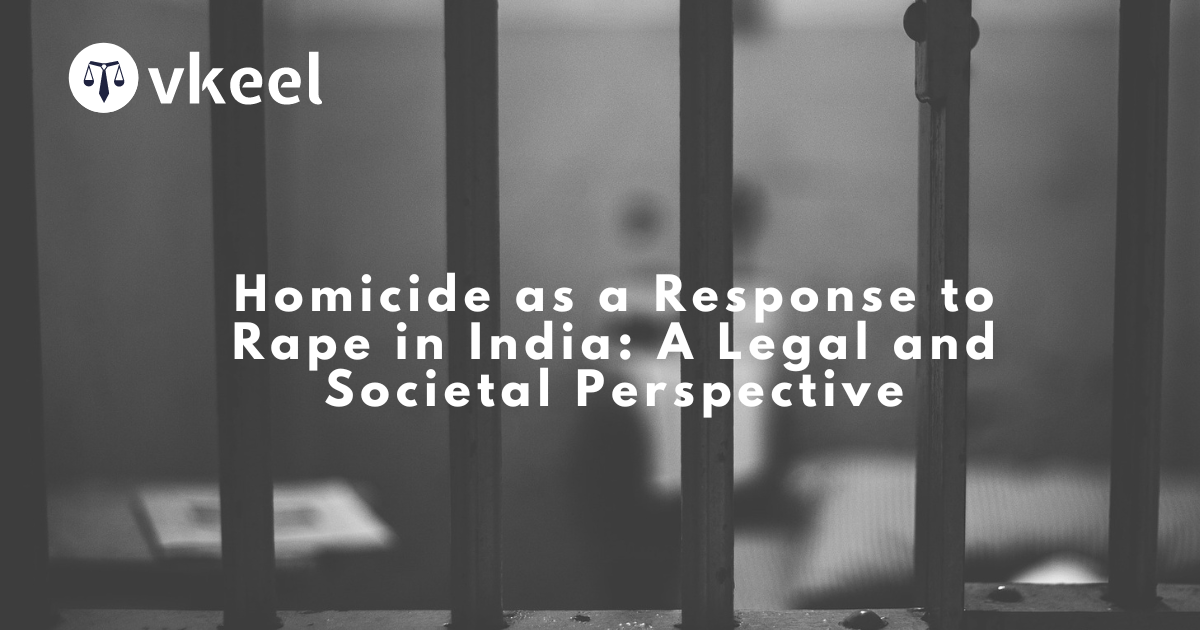Understanding the Domestic Violence Act and safeguarding victims
By Himanshu Kumar
Table of Contents
Introduction
Domestic violence is a prevalent global issue that go beyond geographical boundaries and cultural differences. It affects millions of individuals worldwide, irrespective of age, gender or socio-economic status. In response to this pressing social problem, many countries have enacted specific legislation to protect victims and provide punishment to accountable person.
In India, the Domestic Violence Act, enacted in 2005 represents a significant step towards addressing this problem and safeguarding the rights and dignity of victims.
This article describes the Domestic Violence Act in India, through its objectives, provisions, and the progress made in combating domestic violence within the country.
Understanding the need
Domestic Violence is not limited to physical abuse but also include a range of behaviors aimed at exerting power and control over an intimate partner. It encircle a range of abusive behaviors , including physical, emotional, psychological, sexual, and economic abuse, inflicted by a family member or intimate partner.
It is determined by power and control dynamics, with perpetrators often using violence to assert dominance are profound , leading to physical injuries, emotional trauma, and long-term psychological scars. Moreover, domestic violence has broader societal implications which leads to the continuation of cycles of violence and inequality.
Domestic violence is largely perceived as a private matter, outside the purview of legal intervention. Victims faced numerous barriers such as not to able to get help or solution from the appropriate sources, fear of social stigma , economic dependence and horror of retaliation.
These behaviors can manifest as physical, emotional, sexual, or economic abuse. Victims of domestic violence often suffer silently because of various issues and concerns.
Earlier, prior to the enactment of The Protection of Domestic Violence Act (PWDVA),2005. The legal response to domestic violence was fragmented and insufficient. The criminal justice system primarily addressed domestic violence as a criminal offence under provisions of Indian Penal Code(IPC),such as assault or cruelty. However, these laws often failed to properly address the complexities of domestic violence or provide comprehensive protection to victims.
The Domestic Violence Act
The Protection of Women from Domestic Violence Act, 2005(PWDVA) was a landmark legislation aimed at providing effective remedies to victims of domestic violence and preventing further abuse and it was enacted to address the alarming rate of domestic violence in India.
Its primary objectives are to provide immediate protection to victims, prevent further acts of violence.
Key provisions of this act
Definition of Domestic Violence : The Act defines domestic violence broadly to include physical, sexual, verbal, emotional, and economic abuse.
Protection Orders : The Act empowers victims to seek protection orders that can prohibit the abuser from committing offence or crime.
Residence Orders : Victims can also obtain residence orders that grant them the right to live in their shared household or an alternative safe place, regardless of ownership or possession.
Monetary Relief : The Act recognizes the economic abuse faced by many victims and allows for financial relief, including maintenance, medical expenses, and loss of earnings.
Custody Orders : It also addresses the custody of children in abusive households, prioritizing the best interests of the child while ensuring the victim’s safety.
Counselling and Support : The Act promotes counselling and support services for both victims and perpetrators , aiming to rehabilitate and prevent further abuse.
Compelling factors of the act
The enactment has following factors which are:
Protection of Women’s Rights: The Act recognizes domestic violence as a violation of women’s fundamental rights to life, liberty, and equality. By providing legal remedies, the Act seeks to uphold and protect these rights.
Addressing the factors: Domestic violence is often rooted in unequal power dynamics between men and women. The act acknowledges the need to address structural inequalities and promote gender justice.
Prevention and Intervention: The Act emphasizes preventive measures and intervention strategies to break the cycle of violence and ensure the safety of victims.
Promoting Accountability: By holding perpetrators accountable for their actions, the Act sends a strong message that domestic violence will not be tolerated and accepted.
Challenges and progress
While the Domestic Violence Act is a significant milestone, there are challenges in its implementation. These include inadequate awareness, social stigma, and legal complexities.
Lets see some notable progress which India has made in addressing domestic violence:
Awareness Campaigns: Numerous non-governmental Organizations and governmental initiatives have been working to raise awareness about domestic violence and the legal protections available for it..
Legal Aid: Legal Aid services have been expanded to ensure victims have access to legal services, making it easier for them seeking remedies under this Act.
Shelters and Support : The government and NGOs have established shelters and support services for victims, providing a safe environment and resource to rebuild their lives
Changing Mindsets : Advocacy efforts have sought to challenge patriarchal norms and attitudes which have conserve the domestic violence.
Case law and its interpretation
One of the landmark cases that helped to shape the interpretation and implementation of the Domestic Violence Act is the case of “Indra Sarma vs. V.K.V Sarma” (2013).
In this case, the Supreme Court of India clarified crucial aspects of the Act:
Wide Definition of Shared Household: The Court emphasized that the term “shared household” under the act includes any place where the victim lives or has lived with the abuser, regardless of ownership or legal rights.
Right to Residence : It affirmed the victim’s right to reside in the shared household, even if the property is owned solely by the abuser or jointly.
Interim Maintenance : The court highlighted the importance of granting interim maintenance to victims as a way to provide immediate financial relief during legal proceedings
Counselling and Mediation : The judgment underscored the need for counselling and mediation to reconcile the parties, but not at the expenses of the victim’s safety.
This case was decided by the honorable Supreme Court, a division bench of K.S.Radhakrishnan and Pinaki Chandra Ghose has provided judgement on this case.
The relevant sections under this case were section 2, 3, 12, 18,19,20,23 of Protection of Women from Domestic Violence Act, 2005.
Under this case, the appellant was unmarried and Respondent was married and having two kids were in a live –in relationship for about 18 years.
Respondent quit his job and they were earning from business set up in appellant name . Later, R moved work to his home and deprived her of working and earning . He took money from her on various occasion that were never returned, forced her to take contraceptive medicine to avoid pregnancy, harassed her by not allowing her to suffix his name, having joint bank accounts, or never even allowed her to meet his friends or relatives.
Conclusion
The Protection of Women from Domestic Violence Act, 2005 is vital piece of legislation aimed at addressing domestic violence in India. Through the lens of case law, we gain a deeper understanding of the Act’s provisions and their implications.
The “Indra Sarma vs. V.K.V Sarma” case serves as a significant milestone in interpreting and applying the Act’s principle. While progress has been made, continued efforts in raising awareness and ensuring g enforcement are essential to protect the rights and well-being of victims of domestic violence.
Disclaimer:
The information provided in the article is for general informational purposes only, and is not intended to constitute legal advice or to be relied upon as a substitute for legal advice. Furthermore, any information contained in the article is not guaranteed to be current, complete or accurate. If you require legal advice or representation, you should contact an attorney or law firm directly. We are not responsible for any damages resulting from any reliance on the content of this website.







